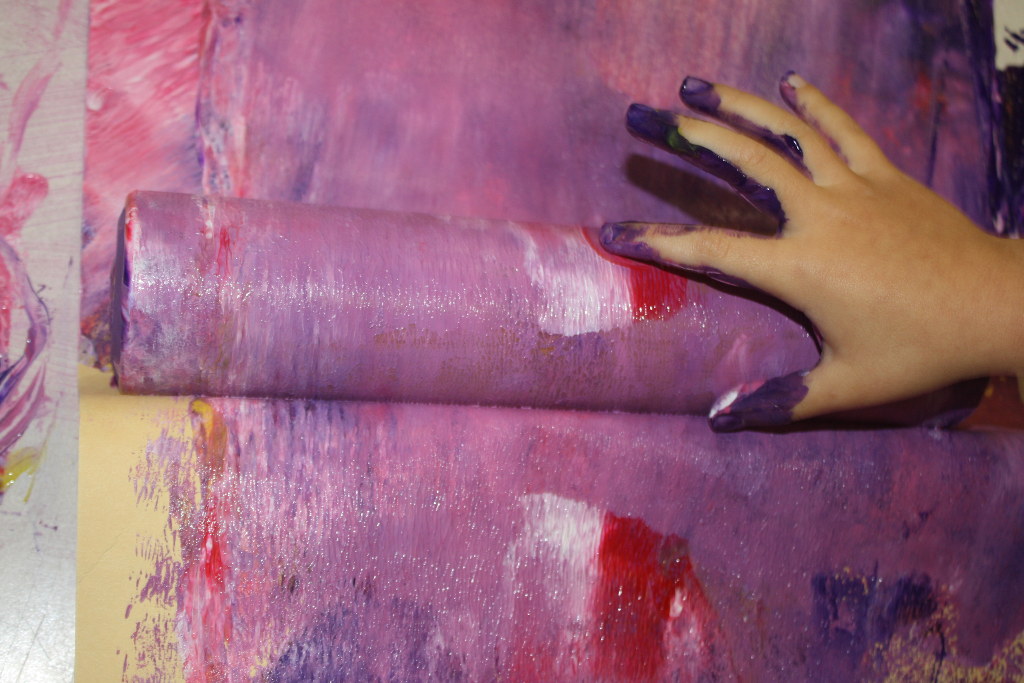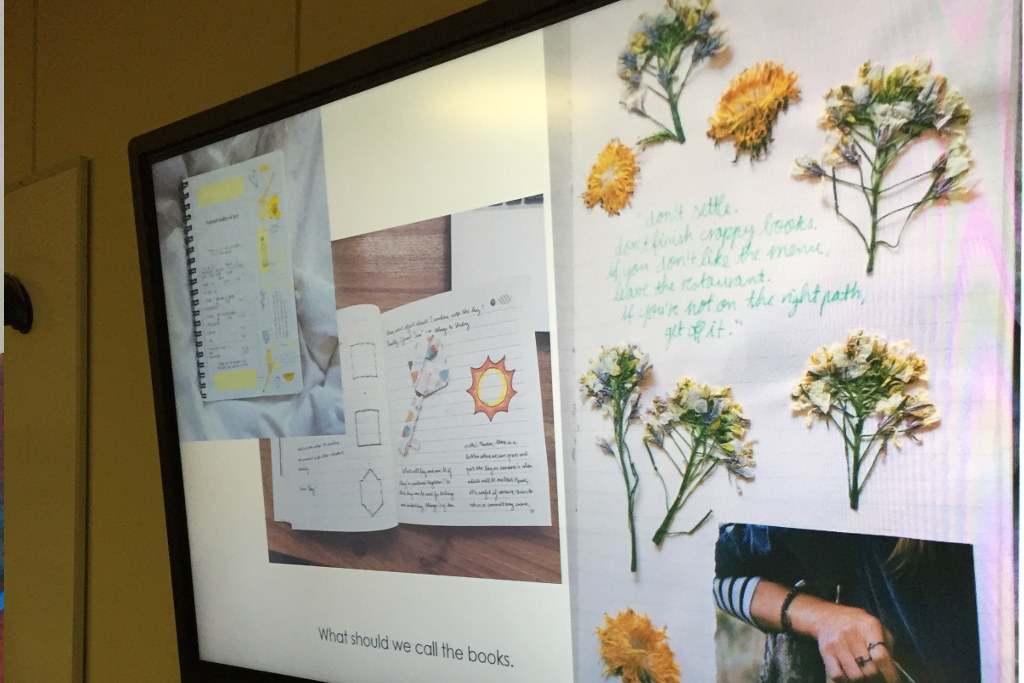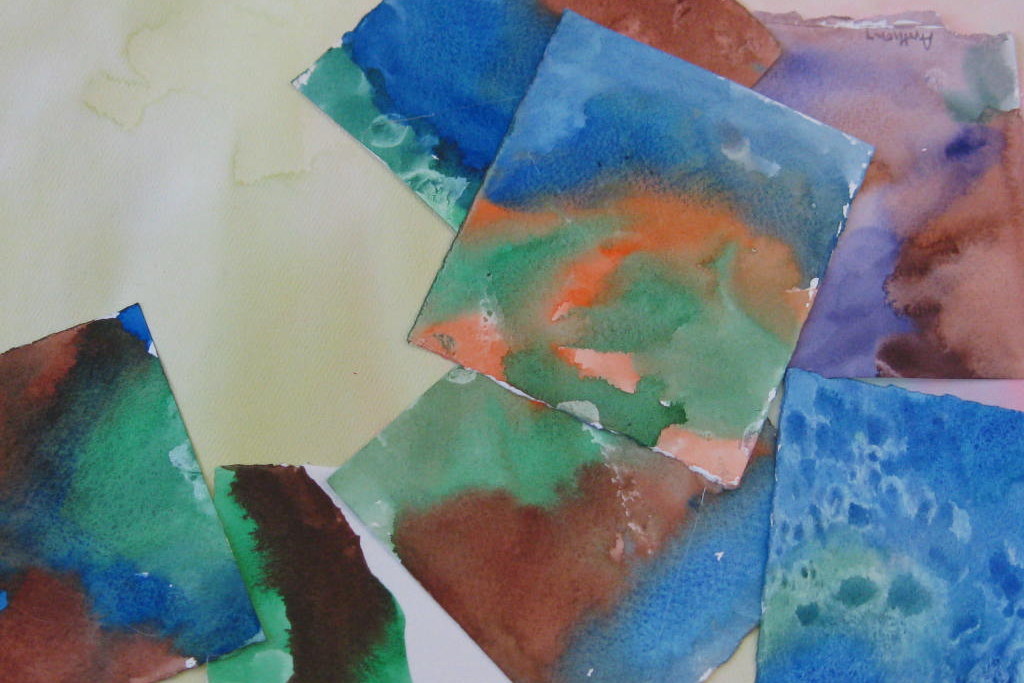
Planning within Emergent and other Inquiry-Based Curricula
What do we mean by ‘planning?’
I have just returned from an exciting and stimulating trip to Ontario, where I engaged with Early Childhood Educators, Supervisors, College Instructors and other professionals. It was interesting to discuss ideas around planning within Emergent Curriculum, and all the different images and ideas that come to mind when we use that word ‘planning.’
We thought together about Emergent Curriculum as intentional. That is, using children’s ideas and theories and actions as a starting point, and then being very intentional, thoughtful, and responsive in reaction to those ideas. This idea of intentionality is subtly different from the idea of ‘planning by filling in all those empty spaces on planning sheets’ and then feeling somehow compelled to follow those plans, no matter what happens!
I have spent several years trying to come up with a way to record our intentions for curriculum, in a way that reflects the spiral nature of curriculum development. Through trial and error, I have found that simpler is better. In our classroom, we use a simple diagram that links one day to the next, showing the Cycle of Inquiry — what we’ve observed, what we think about that, what we plan to do in response, and what the children’s reactions were (see ‘Unscripted’ appendix for this diagram!)

By having several clipboards around the classroom, each with a form that allows for observation notes, reminders, and possibilities, we are able to track, day by day, what is happening and how we might provide invitations for the next day or days that will scaffold children’s learning.
As we think about what to do in the upcoming days, we consider:
What questions can we ask, during meeting times or one-on-one, to further understand what the children
are trying to do or understand?
How can we scaffold during routine times, outdoors, or through literature and drawing?
What do we, as teachers, need to reflect further upon?
What might we use as a simple ‘provocation’ to see if the children will take up the inquiry?

As educators, we all know how to ‘read’ whether children are truly engaged in the project, or not. They communicate through their actions, words, responses (or lack of!), and their pure passion for the topic…when the passion is there, the investigation deepens, and we begin yet another journey of deep learning.
13 thoughts on “Planning within Emergent and other Inquiry-Based Curricula”
Leave a Reply
You must be logged in to post a comment.









Susan, I am so happy to see your new web site. We need just such thoughtful approaches to young children’s thoughts and ideas. I look forward to checking in with your site and reading your blog on a regular basis. Great work!
First of all, YAY on this website! I’m very curious about your spiral planning sheet – the forms we use are very simple as well, which translates to flexible, right? You offered me sound advice on many occasions, often in the form of a question, and one that is pertinent here is, why NOT write our plans in pencil? Sometimes I think just using the tool of the pencil allows for teachers to stretch, risk, and lose the worry of not following the plans. Does that make sense? I’m very excited to bookmark this site and I am prepared to be “provoked”!!!!!
Sylvia, Natalie, Lori –
Thanks so much for checking in and for your comments. I hope to publish something here once a week. Lori, I remember working with you years ago on trying to devise a suitable planning sheet. The one I use is very similar to one that you and I worked on. Jane Broderick, at U Tennessee, was actually the inspiration for mine. And yes, Natalie, I do have copies at work. I will see if I can find a way to post it here at some point. It is also in the appendix of Unscripted. Lori, I totally see the wisdom of writing in pencil…we have to be ready to change at all times. Mind you, I do like seeing the meanering pathways that my plans take over time, with crossings-out, arrows etc. Fun!!
Beautiful website
Hi Sue, I love your website and will tell our teachers to keep checking in! During York Street’s planning meetings today we had great discussions on documentation. We used some of your questions and statements to get the conversations rolling, it was exciting. Your two books have helped to guide us in our Reggio Inspired/ Emergent Curriculum journey. We look forward to your third book!
Thanks for the input Donna….there is so much to write about, and so little time! But, I hope to regularly post examples of interesting invitations, literature as provocations for children, and so on. Next up….a little investigation of memory, provoked by Wilfred Gordon MacDonald Partridge, by Mem Fox.
Having just read Emergent Curriculum and The Unscripted Classroom, I was more than pleased to come across the link to your website on Pinterest this morning. We are in the middle of transforming our practice after having read and researched the Reggio Emilia Approach, the Project Approach and emergent curriculum over the past six years. We are on our way – but still such a long way to go! Sometimes it gets overwhelming so I’m pleased to have this connection with you.
Do you have a copy of the form that you use?
Well almost a year after first coming across your website, we are currently using your book Emergent Curriculum as the basis for our professional development. Yesterday afternoon we discussed the section on Describing Emergent Curriculum in Chapter 1 and the conversation literally brought tears to my eyes as I begin to see the change in the staff mindset. We are the only early learning facility in Papua New Guinea tapping into the inspiration of Reggio Emilia. Sometimes it’s a lonely and very uncertain journey so the opportunity to access your insight experience and expertise is invaluable.
Thanks so much for sharing this, Kerry. How exciting to realize a change in staff mindset! You are to be congratulated on being a leader in bringing this kind of approach to Papua New Guinea, and I can undertand how this would be lonely. Can you connect with like-minded centres in other parts of the world through social media? For instance, sharing documentation? I’d be happy to help in any way I can!
reply
I am in my second year of teaching kindergarten and am on a very steep learning curve (which I love). I have begun to write down “plans” after the fact as maps of where we have been with some thoughts and reflections about engagement, further ideas, and curriculum connections. Here is a link to the two months that I have done so far…I am always looking for ways to improve my practice. http://mrshasegawa.edublogs.org/monthly-plans/
reply
Thanks so much for sharing the link to your beautiful website. There is so much interesting information here, and it’s inspiring to see what you are doing. I have not had time to look at the plans yet, but I will, for sure!!
We have been completing the slow process of progressing into the emergent curriculum for our center. Our documentation of our children’s learning is written using a learning story process. However we are having the debate on whether our extensions of our children’s interest be posted and organized in a web or whether posting individual papers with activity extensions is also a possible format. We love the concept of emergent curriculum but could use some extra guidance on how to post our planning and activities after the reflection process.
Hi Teresa; first of all , congratulations on all the deep thinking you are doing. As for showing responses and extensions to children’s work…I find that webbing does not allow for explaining teachers’ thinking (which may only take a sentence or two, but on a web there is not much space). On my regular documentation panels, I use a different font to separate children’s thinking and quotes from the teacher’s narrative/comments. When teaching documentation to students this semester, I’ve really been emphasizing that it’s ok to include the teacher’s voice from time to time; when sharing with parents, this can illuminate and explain the learning process and how it unfolds with teacher support. Of course, the main protagonist is the child, but the teacher is in collaboration with the child and I don’t think this can be ignored in the documentation. I suggest that your documentation simply ‘continue on’ with responses (are you using panels?) by adding another panel, and another, as the investigation unfolds. If you have one main panel to begin, for instance, smaller ones could be produced if your extensions turn out to engage the children (and we all know that not all extensions ‘work’!!). Hope this helps….I will check back!